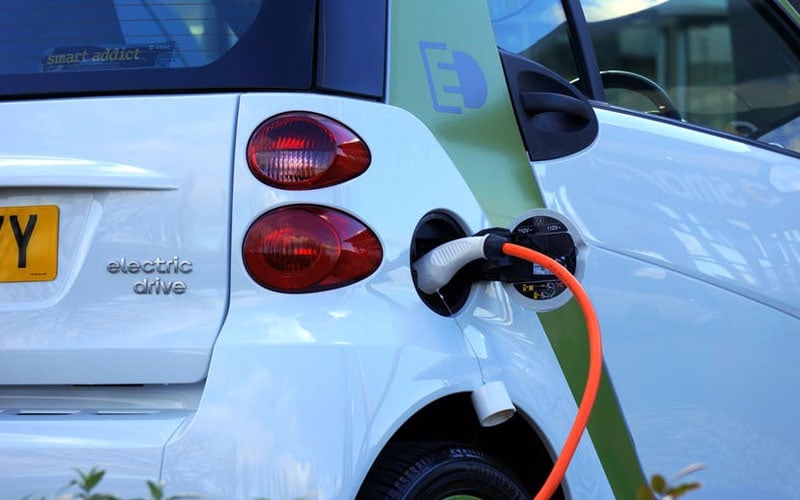
Did you know that the sale of electric vehicles increased by forty percent between 2019 and 2020?
People around the planet are jumping on the bandwagon to embrace electric vehicles. Not only are they better for the environment than cars that use internal combustion engines, but electric vehicles are also becoming less expensive than they used to be.
Despite their many benefits, people are often wary of purchasing them because they’ve been wondering “how do electric vehicles work?”. We’ve created a guide to help clear up confusion. Keep reading to find out more.
Electric Vehicle Technology: The Basics of How EVs Work
The majority of drivers still use vehicles that have internal combustion engines that burn fossil fuels. Electronic vehicles don’t need to use fossil fuels to propel themselves.
Instead, they make use of electricity that comes from their batteries. This energy powers an electric motor that is linked to an automobile’s wheels. This is why electric vehicles have fewer moving components than vehicles that use internal combustion engines.
Even though it will cost much less to maintain electronic vehicles, they tend to be more expensive to buy.
Thankfully, this is quickly changing. It becoming cheaper to manufacture electric vehicles. And governments are starting to offer tax credits to people who buy them.
Some electric vehicles have hybrid engines. They’ll burn fossil fuels when they need to, but make use of smart technologies to decide the right moments to use their electric motors.
Electric Vehicle Science: How the Batteries Work
Electric vehicles use battery packs that consist of lithium-ion cells. These cells send power to an automobile’s main systems. This includes the motor, air conditioning, and sound system.
An electric vehicle’s battery charges in a similar way that your phone’s lithium-ion battery charges. The main difference is that a car’s battery is much bigger.
All you need to do to charge an EV battery is to connect it to a charging station or an outlet. The battery will then accumulate energy until it is fully charged.
Different kinds of EV batteries have different capacities. Their capacity is measured in kilowatt-hours (kWh). Some batteries, such as those that Tesla uses, are capable of powering a car for up to three hundred miles.
Other models, such as the Mercedes-Benz, have a range of around sixty miles. Keep in mind that manufacturers develop new batteries every year that are more efficient and more powerful.
In order to run supply energy to engines, cars need to convert power that comes from the electric grid (AC power) into DC power. This is why electric cars need to have EV motors.
How Electric Vehicle Motors Work
It isn’t necessary for electric motors to burn gasoline in order to turn the wheels. Instead, they make use of electromagnets. These are located inside the motor and they use the battery’s power to generate rotational force.
Electric motors have two sets of magnets. One set is connected to the shaft that turns the wheels of the car. The other is located within the housing that surrounds the shaft.
These two sets of magnets repel each other. The force that’s generated when they repel one another turns the shaft, which spins the wheels and moves the car forward.
An electric vehicle’s two sets of magnets need to be in polarity with one another in order to create the repulsion which spins the shaft. This is why AC power is critical because it constantly changes between positive and negative.
Since the battery supplies DC power, electric vehicles need to have something that’s called an inverter. This mechanism flips the polarity of the two sets of magnets.
The inverter does this at the incredible speed of sixty times per second.
But electric vehicles need a second inverter to create a DC current to power the vehicle’s lighting, heating, and infotainment because these systems don’t need an alternating current.
How Charging Works
Electric vehicles are able to use three different levels of power stations. Level 1 is the slowest, and level 3 is the fastest.
People who charge their vehicles from home tend to use level 1 chargers, which use 120-volt wall plugs. An eight-hour charge can power a vehicle to travel for around forty miles.
Level 2 stations increase to 240 volts and are capable of powering a vehicle’s battery to a full charge in around eight hours. This is why they are a perfect option for those who want to power their vehicles overnight.
Level 3 power stations will charge a vehicle’s battery to more than eighty percent in around thirty minutes.
The majority of electric vehicles come with a cord for using level 1 and level 2 power stations. The best electric vehicles, such as Teslas, come with adapters that make it easy to use various charging stations.
It’s also common for electric vehicles to use regenerative braking systems. These systems make use of an automobile’s kinetic energy by returning it to the battery pack. This helps increase the range of how far electric vehicles are capable of traveling on a single battery charge.
How Do Electric Vehicles Work?
If you have been wondering how electric vehicles work, it is important to understand the science of how car batteries and electric motors work. Some electric vehicles can travel for up to three hundred miles on a single battery charge.
Do you want to find out more about electric vehicles? If so, then don’t forget to check out the Technology section of our website.







